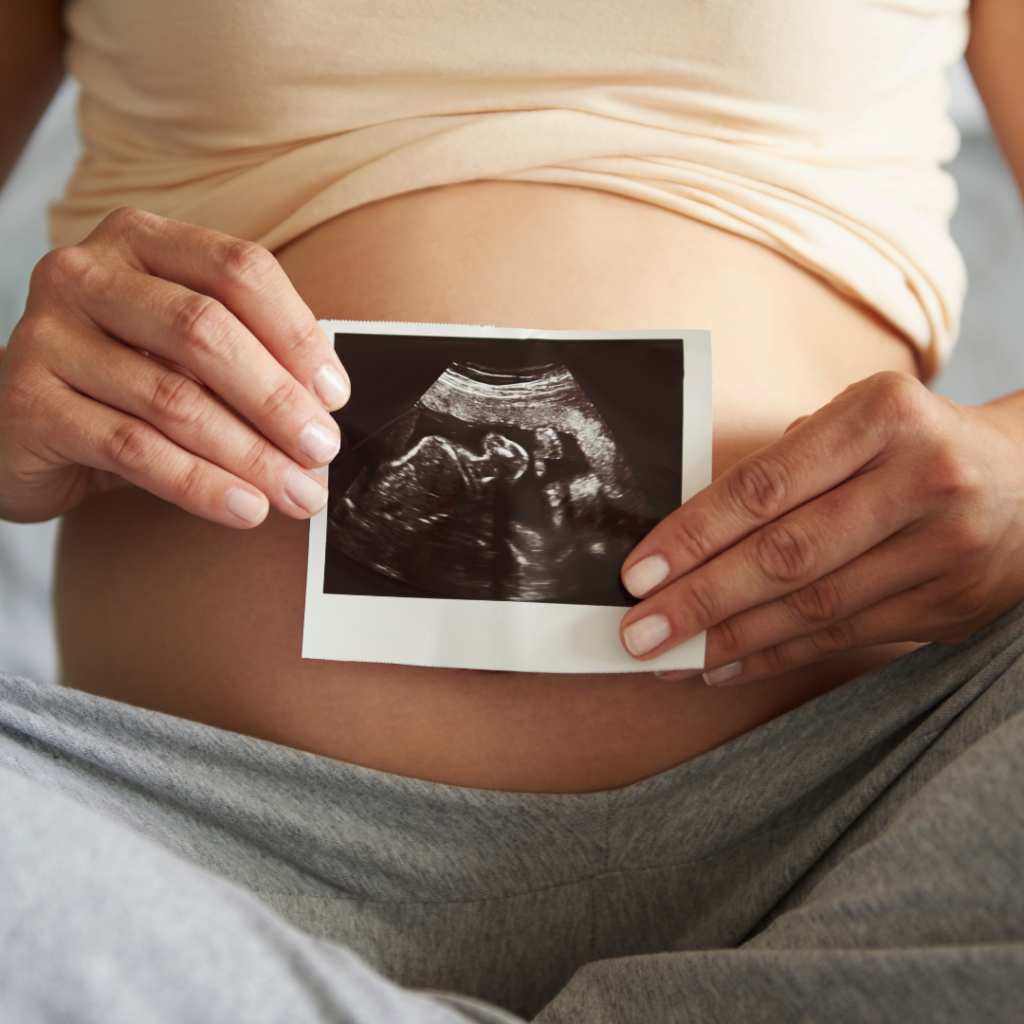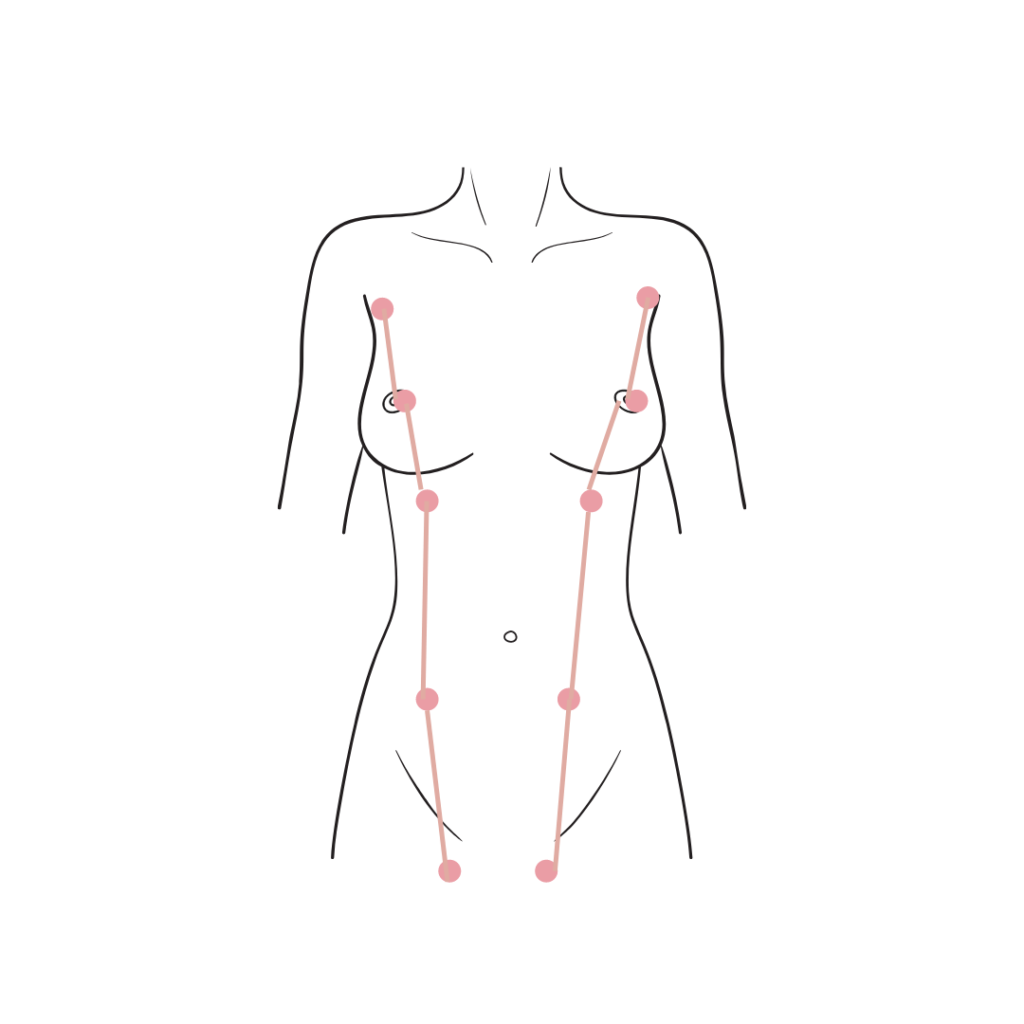Wait…I Have Extra Breast Tissue in My Armpit?!?

If you’ve had a baby, most likely you have experienced engorgement when your milk came in.
The breast swelling and tenderness…super fun.
Occasionally, I’ll work with a family and the breastfeeding/chestfeeding parent will ask me why they have the same swelling and tenderness….in their armpit!
Why would this happen? Well, to know why, we need to go all the way back to when YOU were in the fetal stage of development.

Why Does This Happen?
Science time – at around 5 weeks of life, fetuses start to develop breasts. This happens before the genitals develop, which is why both males and females have breasts.
Breast development starts with the appearance of “milk lines”, or mammary ridges, that start at the armpits and extend down to the inner thighs.
At around 8ish weeks, the lower part of these milk lines disappear, leaving the upper parts to develop into milk-making tissue by 20-32 weeks.
Sometimes, the lower part of the milk lines don’t disappear as they should, and that’s when people can develop extra nipples and extra breast tissue along the milk lines.

That’s cool! But what does it mean when breastfeeding?
People who have extra breast tissue along the milk line will often see changes in those areas during pregnancy as well as their actual breasts.
Some parents report swelling in those areas, sensitivity to any extra nipples, and sometimes leaking of colostrum.
This is because when the mature milk comes in, after birth (around 3-5 days postpartum), your breasts get swollen due to more milk, extra blood flow, and extra fluid. And the same things can happen to any of these areas with extra breast tissue!
This is why a lot of parents report swelling under their armpits when their milk comes in.
So what can we do about it?
Great question! If you experience swelling in your armpits (or any other area with extra breast tissue), it’s best to avoid stimulating it. You may or may not see milk leaking from the area. Just like with engorgement in the actual breast, it should resolve itself after a few days, but putting ice packs on the area can definitely help.
Drink plenty of water and, if you can, try adding anti-inflammatory foods into your diet (such as turmeric).
If it isn’t going away after a few days, reach out to an IBCLC for help!
